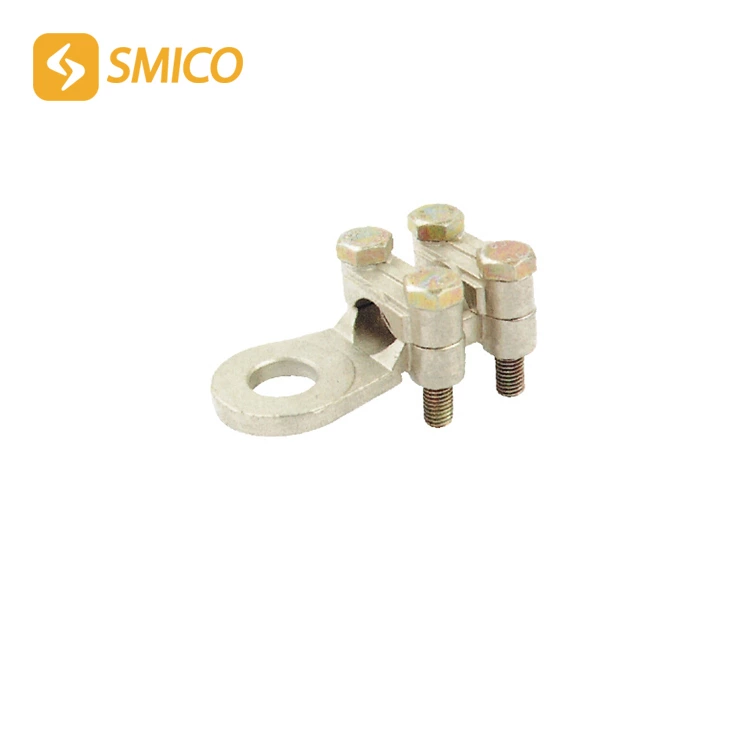Learn What Cold-pressed Terminals Are In One Article
What is Cable Lugs
Cold-pressed terminals are one of the connectors, and their main functions are wiring and wiring. They are highly utilized in the electrical industry. There are also many types of cold-pressed terminals, and different types are suitable for different environments. Generally speaking, fork-shaped original terminals, round pre-insulated terminals, tube pre-insulated terminals, peeping copper noses, DT wire noses, ot open terminals, etc. all meet the requirements of many industries.
Even many people often use them. There are also many types of terminals, and of course they will be used according to their own requirements when used. I don’t know much about some types of terminals. Today, Huaxi will introduce what cold-pressed terminals are.
Cold-pressed terminals are one of the more commonly used terminals at present, and the function of this product is also very simple. That is to say, it acts as a connector. The commodity of cold-pressed terminals contains the characteristics of electronic connectors and air joints, making this commodity one of the spare parts that can complete electrical connections, thus gaining higher heat in the industrial production industry. Cold-pressed terminals This commodity not only has the official name of cold-pressed terminals, but also other names such as tube pre-insulated terminals, cold-pressed wire terminals, and round bare terminals. Careful customers should be able to notice that such a name can roughly explain the efficacy and function of cold-pressed terminals.
The main production process of cold-pressed terminals
Cold-pressed terminals are mainly used for routing to electronic components. They mainly use the extrusion method, with tool assistance, such as extrusion clamps, not general welding. Because no heat treatment is required, it is very different from the molten tin injection method. We call such terminals cold-pressed terminals.
Cold-pressed terminals can be mainly developed into three types: closed, open, and copper-aluminum. The basic information is used for connectors of Chinese power and cables. At present, not only PCB board terminals are widely used in the Chinese market, but also nut terminals, hardware cold-pressed terminals, spring terminals, etc. are widely used.
In fact, the main production technology of the cold-pressed terminal system is stamping, but the stamped cold-pressed terminals must be able to pass the surface research electroplating. At this time, the material that needs to be electroplated is very important to choose. It is necessary to directly choose red copper with good plasticity and high conductivity.
Common cold-pressed terminals and their uses
Most customers can almost see cold-pressed terminals as a commodity in industry, but with the continuous development trend of this commodity, it will slowly expand to other industries. At first, cold-pressed terminals were used exclusively in industry, but as the customers who chose it were promoted, its variety also slowly increased. Among them, many customers in other fields were also added, and cold-pressed short-term machines were increasingly used in other industries.
The uses of cold-pressed terminals are very wide, and the requirements for quality are constantly increasing. If the factory affects the production of high-quality cold-pressed terminals, of course, good mechanical equipment must be used.
How to use cold-pressed terminals
Winding refers to directly winding the wire around the angled contact part. When winding, the wire is wound under tension control and pressed on the column angle around the contact part to form an airtight contact. There are several requirements for wiring wires. The nominal value of the wire diameter must be within the range of 0.25mm to 1.0mm. When the wire diameter does not exceed 0.5mm, the elongation of the conductor material must be above 15%. When the wire diameter is greater than 0.5mm, the elongation of the conductor material must be above 20%. The tools for bypassing include guns and fixed distributors. The terminal method is the method by which the contact pair of the terminal is connected to the wire or cable. Reasonable selection of terminal connection methods and correct use of terminal technology are also important aspects of using and selecting terminal blocks.
The most common type of welding is tin soldering. The most important thing in brazing is that metal continuity should be formed between the brazing stone and the brazing surface. Therefore, the weldability of the terminal is important. The most common plating for the terminal welding end is tin alloy, silver, and gold. Lead contacts have welding chips, stamping chips, and notched welding chips at conventional welding ends. Pinhole contacts have drilled arc gaps at typical welding ends
Extrusion technology of cold-pressed terminals
Extrusion is a technology that compresses and displaces metal within specified limits and connects the wire to the contact pair. A good extrusion connection will produce metal mutual melting flow, so that the wire and contact are deformed symmetrically relative to the material. This connection is similar to a cold welding connection, which can obtain better mechanical strength and electrical continuity and can withstand more severe environmental conditions. It is generally believed that using the correct extrusion connection is better than tin welding, especially in high current situations, extrusion must be used. When extruding, special extrusion pliers or automatic semi-automatic extrusion machines should be used. According to the cross-section of the cold-pressed terminal wire, the conductor of the contact pair must be correctly selected. The pressure connection is a permanent connection and can only be used once.
Folding technology of cold-pressed terminals
Winding refers to directly winding the wire around the angled contact part. When winding, the wire is wound under tension control and pressed on the column angle around the contact part to form an airtight contact. There are several requirements for wiring wires. The nominal value of the wire diameter must be in the range of 0.25mm to 1.0mm. When the wire diameter does not exceed 0.5mm, the elongation of the conductor material must be above 15%. When the wire diameter is greater than 0.5mm, the elongation of the conductor material must be above 20%. The winding tools include total winding and fixed winding machines.

